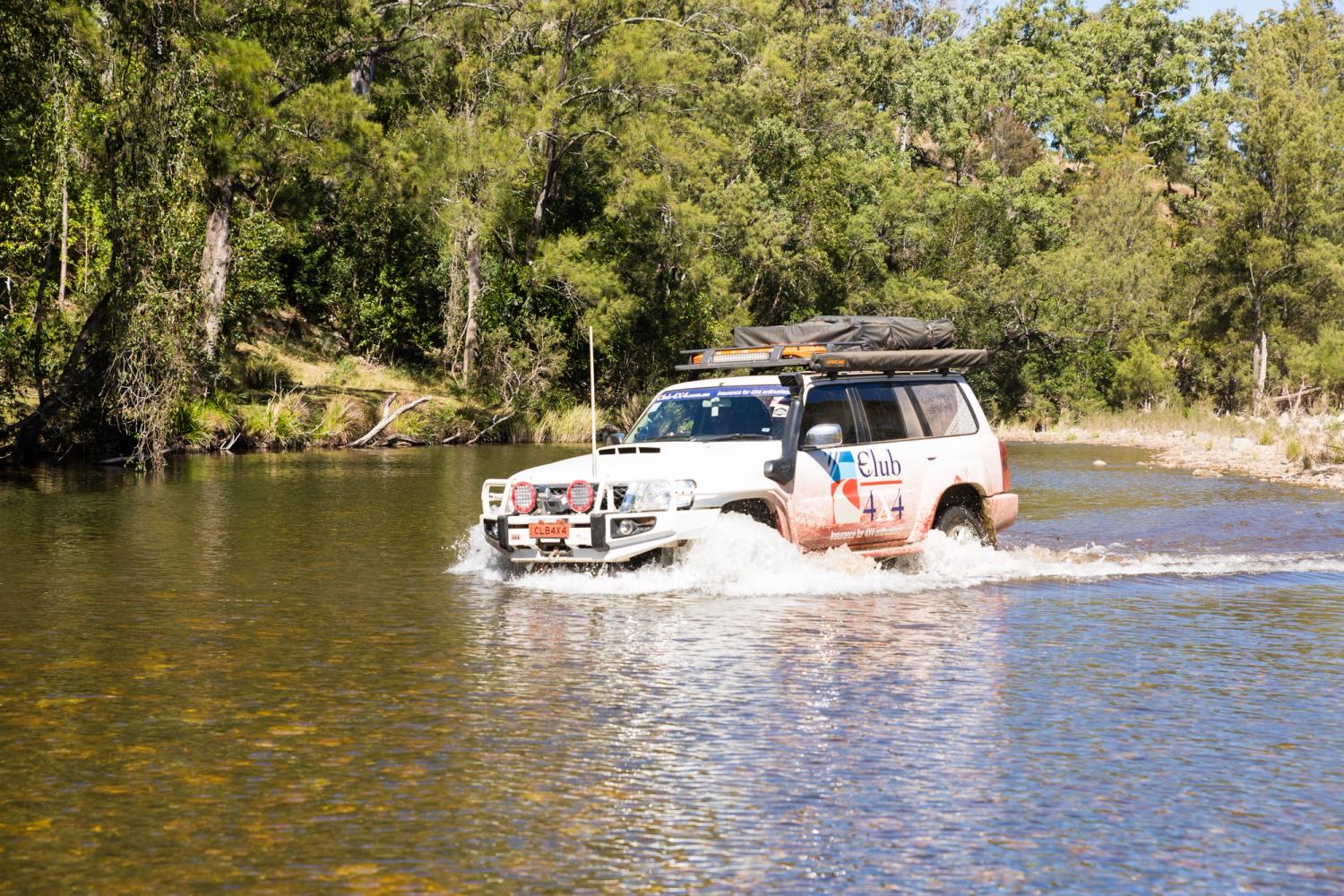Those of you that follow our blogs regularly would have come across our Club 4X4 Crash Index that we published in 2017. In that article, we divulged with transparency how our growing portfolio has performed from a claims perspective and outlined where the majority of our losses were coming from. Single vehicle incidents led the way, with a significant representation of water damage resulting from failed water crossings.
The challenge with these sorts of claims is that a water ingress claim often leads to a total loss, while single vehicle incidents mean there is no third party to recover any of the costs from. When you factor in the way we assign a value to your four-by-four – with the generous inclusion of modification and accessories added to your total sum insured, total losses cause much more damage to us than they do for a normal motor insurer. Furthermore, the costs that we can recover from salvage, if we can manage to sell the water damaged four-by–four is generally not much more than a standard model of the same vintage and variant.
Rest assured, we are not whinging. A general insurer may have a few water ingress claims from failed water crossing attempts a month – but as they are not specialised, they only have to pay out the value of the vehicle anyway. No portable valuables are covered, no financial cover for the accessories and that’s if you’re even covered driving where you were! Amongst the lot of the general insurers across the country, the total exposure of real 4×4 touring enthusiasts would be three fifths of the proverbial – in short, they don’t really care and paying out a few a year isn’t going to affect them too much.
But we at Club 4×4 have no other interest but in being the Insurer of choice for the 4X4 Enthusiast. ALL of our customers go off-road rather than a small handful (and we wouldn’t have it any other way!) Basically we are concentrating the risk associated with off-road driving into our portfolio. All good, “that’s what we chose” as we hear you say, right?
The fundamentals of insurance revolve around the concept of community funding. Everyone pays a small proportion of the value of their risk, which goes into a pool which is invested to then pay claims as required. This, combined with a deductible or excess then facilitates the management of a claim, be it the costs of repair or payment of the total value of the risk. Whilst a combination of excess and premium is required, the premium is what holds the most weight and carries the largest contribution towards future costs.
SO WHAT?
Well, we’ve had to make changes. Without some intervention, the book would become unsustainable, which may have led to the need to remove coverage for such events – hardly an ideal scenario for a 4X4 Insurer! So by rejecting the option to remove the coverage, there are only two levers that remain available; premium and excess.
Let me digress for a moment. We have all seen the videos, a new one is posted online seemingly everyday. Usually involving someone who either doesn’t know or doesn’t care about the consequences of unprepared or irresponsible water crossing. We even shared one following our disbelief, and surprisingly had a number of you actually posting comments like “ hope you guys don’t cover this sort of irresponsibility – I don’t want to be paying for that”. That sentiment was EXACTLY why we chose not to go down the path of increasing premiums across the board – although in reality that would’ve been the most reliable and quickest option.
Nope, we felt the most equitable way to handle this situation was to impose a special excess on claims that occur as a result of failed crossings. This way the “penalty” only applies where a claim is made. As we all know, a claim for water ingress or hydrolock is something that can be controlled. Many of the clips we alluded too before boggle the mind. People entering waterways that would be way in excess of the manufacturer fording depth, at times with no snorkel, no water bra, in water that you couldn’t walk through with concrete blocks for shoes! We agreed with you all, that people who choose to put themselves and vehicles at risk in these conditions should be the ones penalised. Those who do the right thing by walking it first, assessing depth and what the base feels like– or who choose to go around the crossing or wait things out should not have to fund those who don’t take the appropriate precuations. After all, the goal is to get to the destination not do the most damage possible right?
From today onwards, all new business policies and all renewals generated will include this new excess. The excess will consist of a $2000 flat amount, with 5% of the total sum insured on top. So if you drive a vehicle that’s insured for $50,0000 and drown it – that will be a flat $2000 + 5% of $50,000 ($2500) – a total of $4500. This will be charged above and beyond any excesses that may already apply to the claim. These will be noted on your Certificate of Insurance and are specific to your policy.
Thank you to all of you who have chosen to support us. Our vision is To Protect the Lifestyle of the 4X4 Enthusiast and you’re the reason why we continue to find ways to keep this product sustainable and available for many years to come.
In the coming weeks and months we will be increasing focus on responsible water crossing practises.
Happy Touring
Kalen Ziflian General Manager


